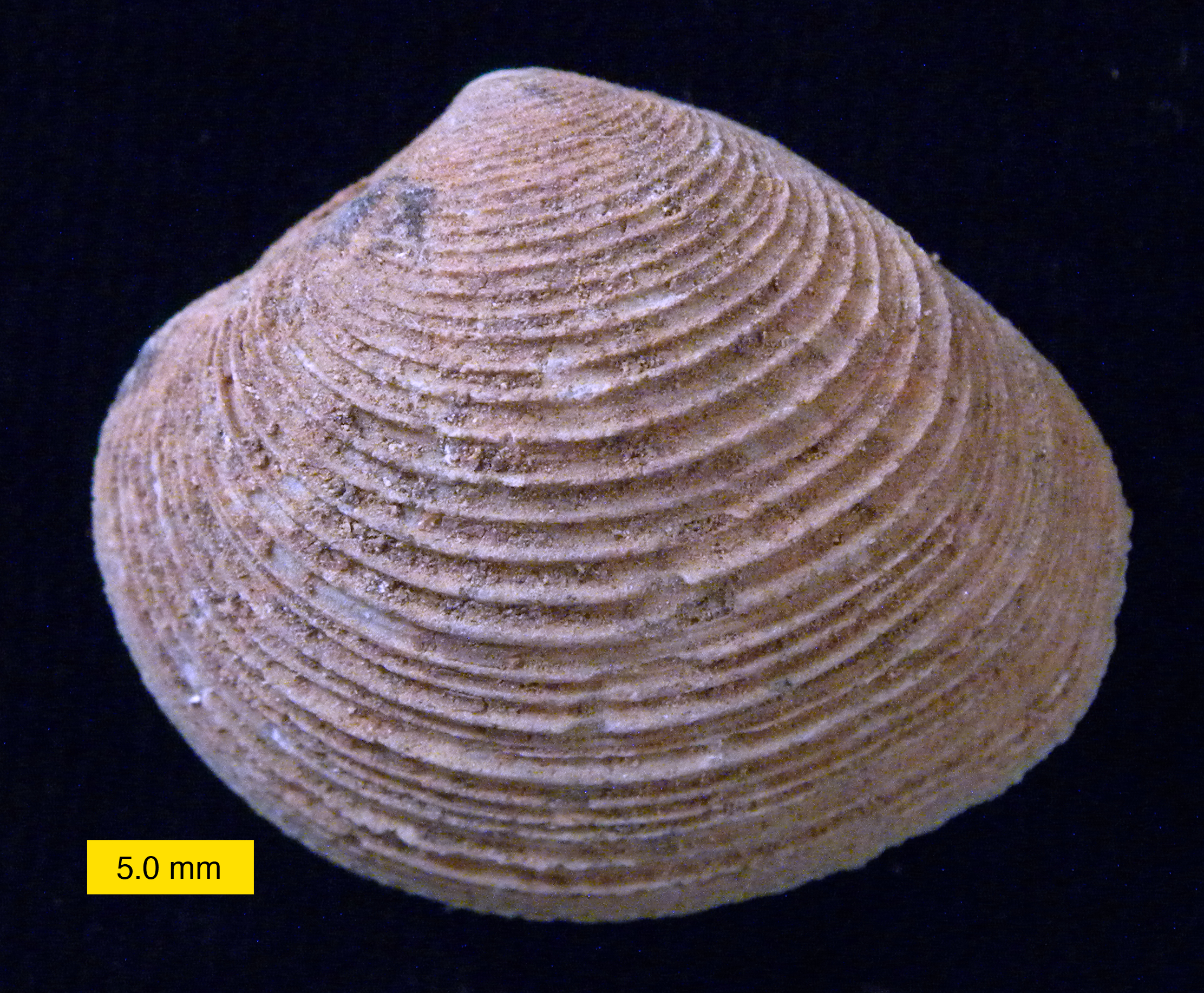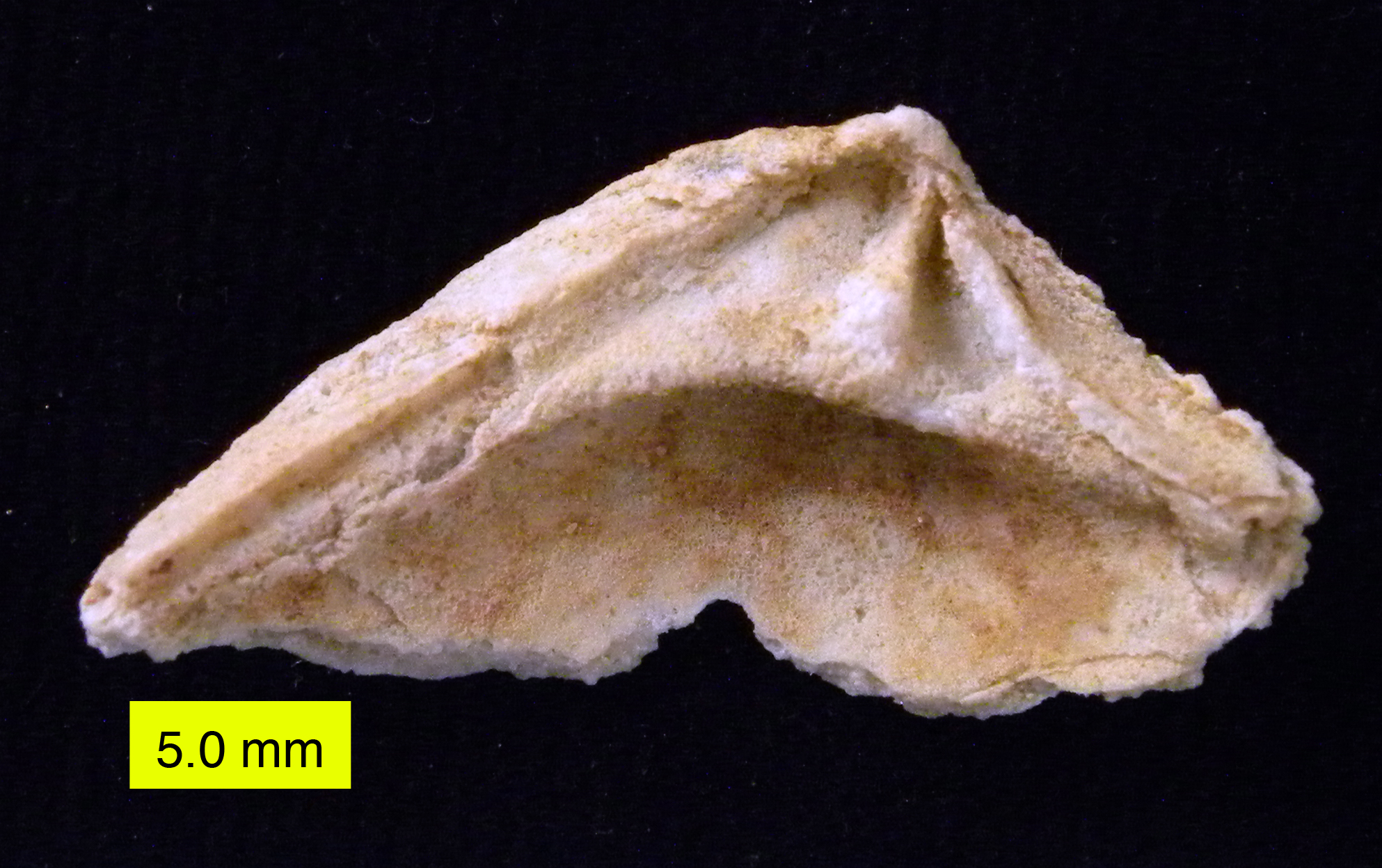Veneridae - Hysteroconcha Dione on:
[Wikipedia]
[Google]
[Amazon]
 The Veneridae or venerids,
The Veneridae or venerids,

 The following genera are recognised in the family Veneridae:
The following genera are recognised in the family Veneridae:

 Shell sculpture tends to be primarily concentric, but radial and divaricating ornamentation (see '' Gafrarium''), and rarely spines ('' Pitar lupanaria'' for example) occur on some. One small subfamily, the Samarangiinae, is created for a unique and rare clam found in coral reefs with an outer covering of cemented sand or mud that texturally camouflages it while enhancing the thickness of the shell. Several venerid clams have overall shell shapes adapted to their environments. ''
Shell sculpture tends to be primarily concentric, but radial and divaricating ornamentation (see '' Gafrarium''), and rarely spines ('' Pitar lupanaria'' for example) occur on some. One small subfamily, the Samarangiinae, is created for a unique and rare clam found in coral reefs with an outer covering of cemented sand or mud that texturally camouflages it while enhancing the thickness of the shell. Several venerid clams have overall shell shapes adapted to their environments. ''
Image:Dosinia anus (ringed dosinia).JPG, ''
Taxonomy on the half shell
A major project of the Chicago
Bibliography of venerid taxonomy
VENERIDAE - www.chez.com
ZipCodeZoo
{{Authority control Bivalve families Taxa named by Constantine Samuel Rafinesque
 The Veneridae or venerids,
The Veneridae or venerids, common name
In biology, a common name of a taxon or organism (also known as a vernacular name, English name, colloquial name, country name, popular name, or farmer's name) is a name that is based on the normal language of everyday life; and is often con ...
: Venus
Venus is the second planet from the Sun. It is often called Earth's "twin" or "sister" planet for having almost the same size and mass, and the closest orbit to Earth's. While both are rocky planets, Venus has an atmosphere much thicker ...
clams, are a very large family of minute to large, saltwater clams
Clam is a common name for several kinds of bivalve mollusc. The word is often applied only to those that are deemed edible and live as infauna, spending most of their lives halfway buried in the sand of the sea floor or riverbeds. Clams h ...
, marine bivalve
Bivalvia () or bivalves, in previous centuries referred to as the Lamellibranchiata and Pelecypoda, is a class (biology), class of aquatic animal, aquatic molluscs (marine and freshwater) that have laterally compressed soft bodies enclosed b ...
mollusc
Mollusca is a phylum of protostome, protostomic invertebrate animals, whose members are known as molluscs or mollusks (). Around 76,000 extant taxon, extant species of molluscs are recognized, making it the second-largest animal phylum ...
s. Over 500 living species of venerid bivalves are known, most of which are edible, and many of which are exploited as food sources.
Many of the most important edible species are commonly known (in the USA) simply as "clams". Venerids make up a significant proportion of the world fishery of edible bivalves. The family includes some species that are important commercially, such as (in the USA) the hard clam
The hard clam (''Mercenaria mercenaria''), also known as the round clam, hard-shell (or hard-shelled) clam, or the quahog, is an edible marine bivalve mollusk that is native to the eastern shores of North America and Central America from Prince ...
or quahog, ''Mercenaria mercenaria''.
Taxonomy
The classification within the family Veneridae has been controversial at least since the 1930s. Molecular approaches show that much of this traditional classification is unnatural. Some common species have been moved between genera (including genera in different subfamilies) because of repeated attempts to bring a more valid organization to the classification ortaxonomy
image:Hierarchical clustering diagram.png, 280px, Generalized scheme of taxonomy
Taxonomy is a practice and science concerned with classification or categorization. Typically, there are two parts to it: the development of an underlying scheme o ...
of the family, therefore changes in the generic name of species are frequently encountered.
The characters used for classifying this group still tend to be superficial, focusing on external features, especially those of the shell. Venerid clams are characterized as bivalves with an external posterior ligament, usually a well demarcated anterior area known as the lunule, and three interlocking structures (called cardinal teeth) in the top of each valve; several of the subfamilies also have anterior lateral teeth, anterior to the cardinal teeth: one in the left valve, and two (sometimes obscure) in the right valve. The inner lower peripheries of the valves can be finely toothed or smooth.
Classification

 The following genera are recognised in the family Veneridae:
The following genera are recognised in the family Veneridae:
Description

 Shell sculpture tends to be primarily concentric, but radial and divaricating ornamentation (see '' Gafrarium''), and rarely spines ('' Pitar lupanaria'' for example) occur on some. One small subfamily, the Samarangiinae, is created for a unique and rare clam found in coral reefs with an outer covering of cemented sand or mud that texturally camouflages it while enhancing the thickness of the shell. Several venerid clams have overall shell shapes adapted to their environments. ''
Shell sculpture tends to be primarily concentric, but radial and divaricating ornamentation (see '' Gafrarium''), and rarely spines ('' Pitar lupanaria'' for example) occur on some. One small subfamily, the Samarangiinae, is created for a unique and rare clam found in coral reefs with an outer covering of cemented sand or mud that texturally camouflages it while enhancing the thickness of the shell. Several venerid clams have overall shell shapes adapted to their environments. ''Tivela
Tivela is a genus of saltwater clams, marine (ocean), marine bivalve molluscs in the subfamily Meretricinae of the family Veneridae, the Venus clams.
MolluscaBase eds. (2022). MolluscaBase. Trigona Megerle von Mühlfeld, 1811. Accessed through: W ...
'' species, for example, have the triangular outline of the surf clams in other bivalve families, and occur often in surf zones. Some '' Dosinia'' species are almost disc-like in shape and reminiscent of lucinid bivalves; both types of circular bivalves tend to burrow relatively deeply into the sediment. Further reclassification is to be expected as the results of current research in molecular systematics
Molecular phylogenetics () is the branch of phylogeny that analyzes genetic, hereditary molecular differences, predominantly in DNA sequences, to gain information on an organism's evolutionary relationships. From these analyses, it is possible to ...
on the group appear in the literature.
Venerids have rounded or oval solid shells with the umbones (projections) inturned towards the anterior end. Three or four cardinal teeth are on each valve. The siphons are short and united, except at the tip, and are not very long. The foot is large.Barrett, J. H. and C. M. Yonge, 1958. Collins Pocket Guide to the Sea Shore. P. 158. Collins, London
References
* Keen, A. M. (1969). Superfamily Veneracea. pp. 670–690, in: Leslie Reginald Cox et al., Part N ivalvia Mollusca 6, vols. 1 and 2: xxxvii + 952 pp. Part of Raymond C. Moore, ed.,Treatise on Invertebrate Paleontology
The ''Treatise on Invertebrate Paleontology,'' published from 1953–2007 by the Geological Society of America and the University of Kansas, then 2009–present by the University of Kansas Paleontological Institute, is a definitive multi-authore ...
. Lawrence, Kansas (Geological Society of America & University of Kansas).
* Powell A. W. B., ''New Zealand Mollusca'', William Collins Publishers Ltd, Auckland, New Zealand 1979
Gallery
Dosinia anus
''Dosinia anus'', commonly named the ringed dosinia, coarse dosinia, coarse biscuit shell and tuangi-haruru, in the Māori language, is a species
A species () is often defined as the largest group of organisms in which any two individuals ...
'' from New Zealand
New Zealand () is an island country in the southwestern Pacific Ocean. It consists of two main landmasses—the North Island () and the South Island ()—and List of islands of New Zealand, over 600 smaller islands. It is the List of isla ...
, a member of the Dosiniinae
Image:Austrovenus stutchburyi (tuangi cockle) inside.JPG, ''Austrovenus stutchburyi
''Austrovenus stutchburyi'', common name the New Zealand cockle or New Zealand little neck clam, is an edible saltwater clam, a marine bivalve mollusc
Mollusca is a phylum of protostome, protostomic invertebrate animals, whose member ...
'' from New Zealand
New Zealand () is an island country in the southwestern Pacific Ocean. It consists of two main landmasses—the North Island () and the South Island ()—and List of islands of New Zealand, over 600 smaller islands. It is the List of isla ...
Image:Chamelea striatula.jpg, '' Chamelea striatula''
Image:Irus elegans.JPG, ''Irus elegans
''Irus elegans'' is a bivalve mollusc of the family Veneridae
The Veneridae or venerids, common name: Venus (mythology), Venus clams, are a very large family of minute to large, saltwater clams, marine bivalve molluscs. Over 500 living speci ...
'' from New Zealand
New Zealand () is an island country in the southwestern Pacific Ocean. It consists of two main landmasses—the North Island () and the South Island ()—and List of islands of New Zealand, over 600 smaller islands. It is the List of isla ...
Image:Mercenaria mercenaria.jpg, ''Mercenaria mercenaria
The hard clam (''Mercenaria mercenaria''), also known as the round clam, hard-shell (or hard-shelled) clam, or the quahog, is an edible marine bivalve mollusk that is native to the eastern shores of North America and Central America from Prince ...
''
Image:Shell Costa Rica.JPG, '' Pitar lupanaria'' from Costa Rica
Costa Rica, officially the Republic of Costa Rica, is a country in Central America. It borders Nicaragua to the north, the Caribbean Sea to the northeast, Panama to the southeast, and the Pacific Ocean to the southwest, as well as Maritime bo ...
Image:Venerupis senegalensis.jpg, '' Venerupis senegalensis''
External links
Taxonomy on the half shell
A major project of the Chicago
Field Museum of Natural History
The Field Museum of Natural History (FMNH), also known as The Field Museum, is a natural history museum in Chicago, Illinois, and is one of the largest such museums in the world. The museum is popular for the size and quality of its educationa ...
and the American Museum of Natural History
The American Museum of Natural History (AMNH) is a natural history museum on the Upper West Side of Manhattan in New York City. Located in Theodore Roosevelt Park, across the street from Central Park, the museum complex comprises 21 interconn ...
on Venerid classification
Bibliography of venerid taxonomy
VENERIDAE - www.chez.com
ZipCodeZoo
{{Authority control Bivalve families Taxa named by Constantine Samuel Rafinesque